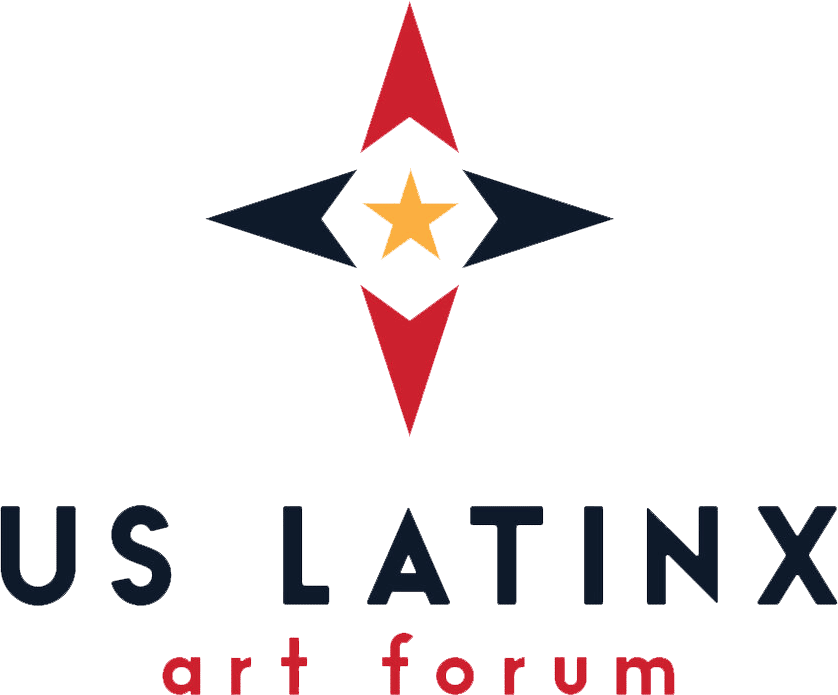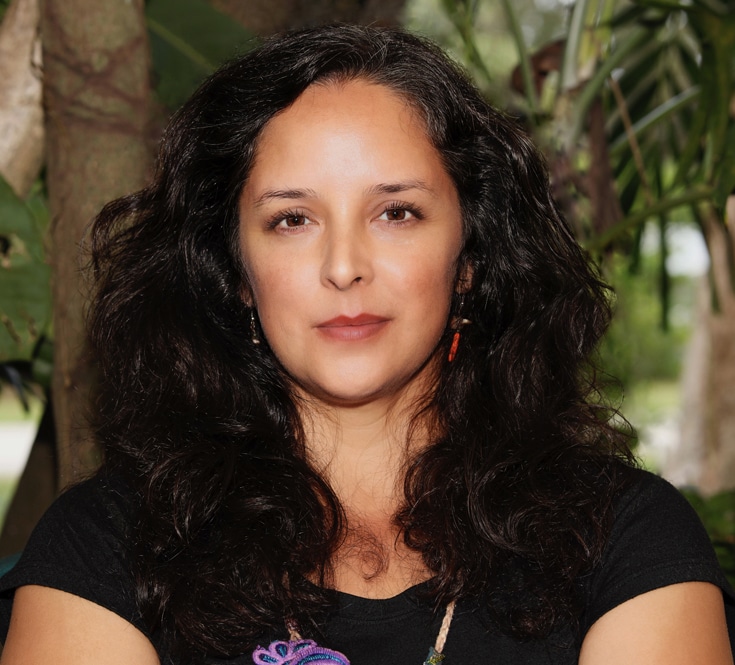
Latinx Artist Fellowship
Margarita Cabrera
Interdisciplinary and Social Practice Artist
Arizona and Texas
My practice includes collaborative projects at the intersection of contemporary art practices, indigenous Mexican folk art and craft traditions, and US-Mexico relations. In addition to studying and preserving endangered cultural and craft traditions, these projects have served as active investigations into the creation of just working conditions and the protection of immigrant rights. My emphasis is on creating a social consciousness through my work, generating solutions to these problems through my art and empowering all members of highly diverse communities.
Margarita Cabrera’s (b. Mexico City, Mexico) work centers on social-political community issues including cultural identity, migration, violence, inclusivity, labor, and empowerment. She has worked on a number of collaborative projects at the intersection of contemporary art practices, indigenous Mexican folk art and craft traditions, and US-Mexico relations. In addition to studying and preserving endangered cultural and craft traditions, these projects have served as active investigations into the creation of fair and safe working conditions and the protection of immigrant rights. In recent years, Cabrera has split her practice between her individual work and art collaborations. Cabrera’s art collaborations produce work that engages communities through transformative practices on both sides of the Mexico/United States border.
Cabrera’s recent solo exhibitions include Margarita Cabrera: It is Impossible to Cover the Sun with a Finger, Dallas Contemporary, Dallas, TX; What Art Can Do: Margarita Cabrera – The Collaborative Act of Making, Art League Houston, Houston, TX; and Margarita Cabrera: Space in Between, Wellin Museum of Art, Hamilton College, Clinton, NY. Some of the group exhibitions that have featured her work include Perilous Bodies, Ford Foundation Gallery, New York, NY; The Lotus in Spite of the Swampat the New Orleans “Prospect 4” and The U.S.-Mexico Border: Place, Imagination, and Possibility at Los Angeles Craft & Folk Art Museum. Cabrera’s work has been included in surveys organized by institutions including Los Angeles County Museum of Art; Smithsonian Museum of American Art; Museum of Fine Arts Houston; Contemporary Arts Museum Houston; McNay Museum San Antonio; the Sweeney Art Center for Contemporary Art at the University of California, Riverside, and El Museo del Barrio, NYC. Cabrera’s work is part of the permanent collections of more than twenty museums.




